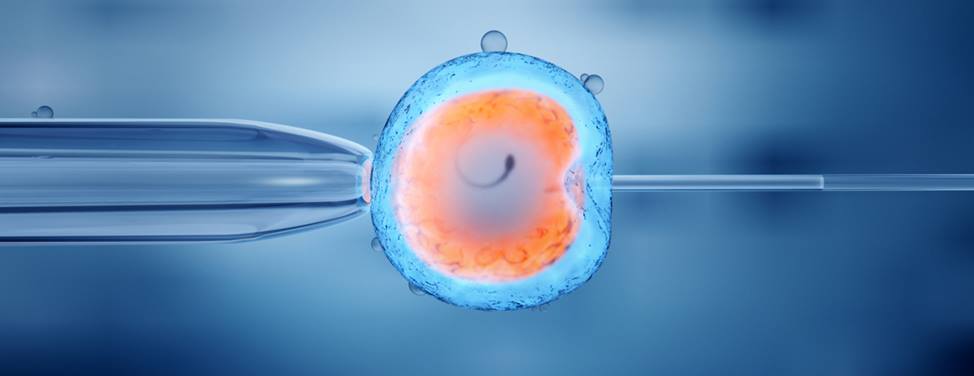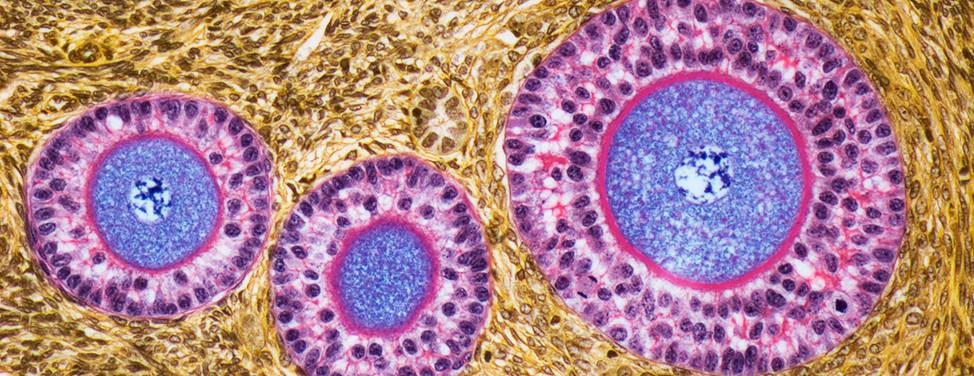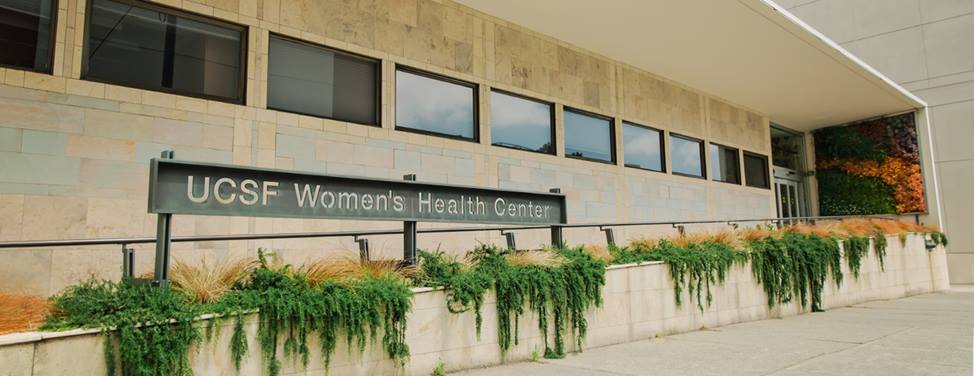
Conception: How It Works
To become pregnant, the following steps must occur:
- Sperm transport — The sperm must be deposited and transported to the site of fertilization.
- Egg transport — Ovulation must occur and the egg must be "picked up" by the tube.
- Fertilization and embryo development — Union between the sperm and egg must result.
- Implantation — The embryo must implant and begin to grow in the uterus.
These steps are described below.
Sperm Transport
The transport of sperm depends on several factors:
- The sperm must be capable of propelling themselves through the environment of the female vagina and cervix.
- This environment, which is under cyclic hormonal control, must be favorable to admit the sperm without destroying them.
- The sperm must possess the capability of converting to a form that can penetrate the cell membrane of the egg (capacitation).
Following ejaculation, the semen forms a gel that protects it from the acidic environment of the vagina. The gel is liquefied within 20 to 30 minutes by enzymes from the prostate gland. This liquefaction is important for freeing the sperm so transportation may occur. The seminal plasma is left in the vagina.
The protected sperm with the greatest motility travel through the layers of cervical mucus that guard the entrance to the uterus. During ovulation, this barrier becomes thinner and changes its acidity, creating a friendlier environment for the sperm. The cervical mucus acts as a reservoir for extended sperm survival.
Once the sperm have entered the uterus, contractions propel the sperm upward into the fallopian tubes. The first sperm enter the tubes minutes after ejaculation. The first sperm, however, are likely not the fertilizing sperm. Motile sperm can survive in the female reproductive tract for up to five days.
Egg Transport
Egg transport begins at ovulation and ends once the egg reaches the uterus. Following ovulation, the fimbriated, or finger-like, end of the fallopian tube sweeps over the ovary. Adhesive sites on the cilia, which are located on the surface of the fimbriae, are responsible for egg pickup and movement into the tube. The cilia within the tube, and muscular contractions resulting from the movement of the egg, create a forward motion. Transport through the tube takes about 30 hours.
Conditions such as pelvic infections and endometriosis can permanently impair the function of the fallopian tubes, due to scarring or damage to the fimbriae.
Fertilization and Embryo Development
Following ovulation, the egg is capable of fertilization for only 12 to 24 hours. Contact between the egg and sperm is random.
Once the egg arrives at a specific portion of the tube, called the ampullar-isthmic junction, it rests for another 30 hours. Fertilization — sperm union with the egg — occurs in this portion of the tube. The fertilized egg then begins a rapid descent to the uterus. The period of rest in the tube appears to be necessary for full development of the fertilized egg and for the uterus to prepare to receive the egg.
Defects in the fallopian tube may impair transport and increase the risk of a tubal pregnancy, also called ectopic pregnancy.
A membrane surrounding the egg, called the zona pellucida, has two major functions in fertilization. First, the zona pellucida contains sperm receptors that are specific for human sperm. Second, once penetrated by the sperm, the membrane becomes impermeable to penetration by other sperm.
Following penetration, a series of events set the stage for the first cell division. The single-cell embryo is called a zygote. Over the course of the next seven days, the human embryo undergoes multiple cell divisions in a process called mitosis. At the end of this transition period, the embryo becomes a mass of very organized cells, called a blastocyst. It's now believed that as women get older, this process of early embryo development is increasingly impaired due to diminishing egg quality.
Implantation
Once the embryo reaches the blastocyst stage, approximately five to six days after fertilization, it hatches out of its zona pellucida and begins the process of implantation in the uterus.
In nature, 50 percent of all fertilized eggs are lost before a woman's missed menses. In the in vitro fertilization (IVF) process as well, an embryo may begin to develop but not make it to the blastocyst stage — the first stage at which those cells destined to become the fetus separate from those that will become the placenta. The blastocyst may implant but not grow, or the blastocyst may grow but stop developing before the two week time at which a pregnancy can be detected. The receptivity of the uterus and the health of the embryo are important for the implantation process.
UCSF Health medical specialists have reviewed this information. It is for educational purposes only and is not intended to replace the advice of your doctor or other health care provider. We encourage you to discuss any questions or concerns you may have with your provider.














